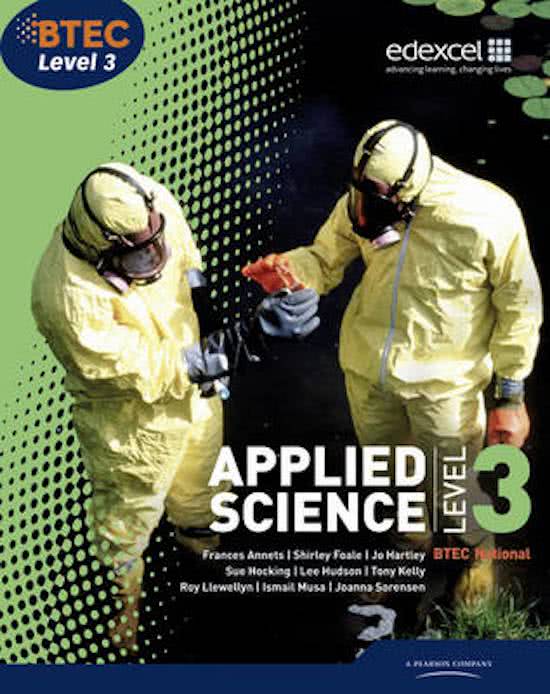The Structure and
Function of the
Musculoskeletal System
Although there is much to learn about the musculoskeletal system,
understanding its uses and functions is essential for enabling in-depth
study. There are 206 bones in the human skeleton, which together give
the body its structure and protect the internal organs from damage.
The skeleton works together with connected muscles like ligaments
and tendons to maintain bones in their appropriate positions and to
enable a wide variety of motions at skeletal joints. The musculoskeletal
system is split into parts like the axial and appendicular skeleton to
enable us to differentiate purposes. In this manner, we can also
categorize important joints and unique bones that permit full
movement. The axial skeleton, which has 80 bones, is the body's key
core skeleton and plays a critical role in safeguarding the brain as well
as other major organs. It also supports the ribcage, the sternum, the
hyoid of the bone, and the vertebrae of the spine. Its two main
purposes are to protect the brain, spinal cord, and other central
organs. The pectoral and pelvic limbs, including the hands and feet,
are made up of the 126 bones that make up the appendicular skeleton.
These bones come in various shapes and sizes. The pectoral limbs
(arm, forearm, hand), the pelvic limbs (thigh, leg, foot), the pectoral
girdle, and the pelvic girdle. Additionally, the long bones inside the
skeleton's bones form blood cells and serve as storage for nutrients
like calcium and iron.
REFERENCE; GOOGLE IMAGES
, The musculoskeletal system's general
operations
Movement is made possible by the musculoskeletal system because
muscles are connected to bones by tendons, and bones are joined to
one another by ligaments, which visibly form a joint. Because muscles
contract and relax, movement through bones is made possible.
The Musculoskeletal system also aids in supporting by keeping the
body in an upright position.
Another crucial area where the muscular skeleton provides protection
is for essential organs. For instance, the ribcage can shield the heart
and lungs.
Bones of the skeleton store minerals to keep the bones strong, these
minerals could include calcium and phosphate which was also
mentioned in my introductory paragraph.
Stem cells in bone marrow, such as those found in the pelvic girdle, are
responsible for producing blood cells.
MAJOR JOINTS IN THE BODY (Detailed)
*Uniaxial joints
• Pivot
• Hinge
Ball and Socket Joints- Movement in all directions is possible with a ball
and socket joint. One of the bones' ends is shaped like a ball at such
joints. The opposite bone's hollow portion (or socket) is where it fits.
The bone that forms a ball at the end is flexible. Backward, forward,
sideways, and rotational movements are all possible with ball-and-
socket joints, such as the hip and shoulder joints.
o Flexion – bending a joint, e.g., the contraction of bicep reduces
the angle at the joint.
o Extension – straightening a joint. E.g., Biceps relax and triceps
contracts to increase the angle at the elbow.
o Abduction – movement away from the midline of the body. e.g.,
raising the arm to horizontal posit ion.
, o Adduction – movement towards the midline of the body e.g.,
lowering the arm to the side of the body.
o Circumduction – this is where the limb moves in 360
o Rotation – this is where the limb turns round its long axis, like
using a screwdriver.
SOURCE; GOOGLE IMAGES
Several muscles that cross the shoulder joint control the shoulder's motion.
This includes the pectoralis major, deltoid and latissimus dorsi muscles which
are the crucial and key muscles involved in shoulder movement.
SOURCE; GOOGLE IMAGES
Difference between smooth and skeletal muscles
Skeletal muscles - attached to your skeleton and tendons and can move at
will or voluntary.
Smooth muscle - "involuntary muscle" that makes up the lining of most of
the organs of the body.
- Hinge Joint: An example of a uniaxial joint is a hinge joint. These joints,
like the elbow, can only move on a single surface and only enable
movement in one direction. Flexion and extension are possible at the
joint. The triceps brachii muscle extends the arm, whereas the biceps





